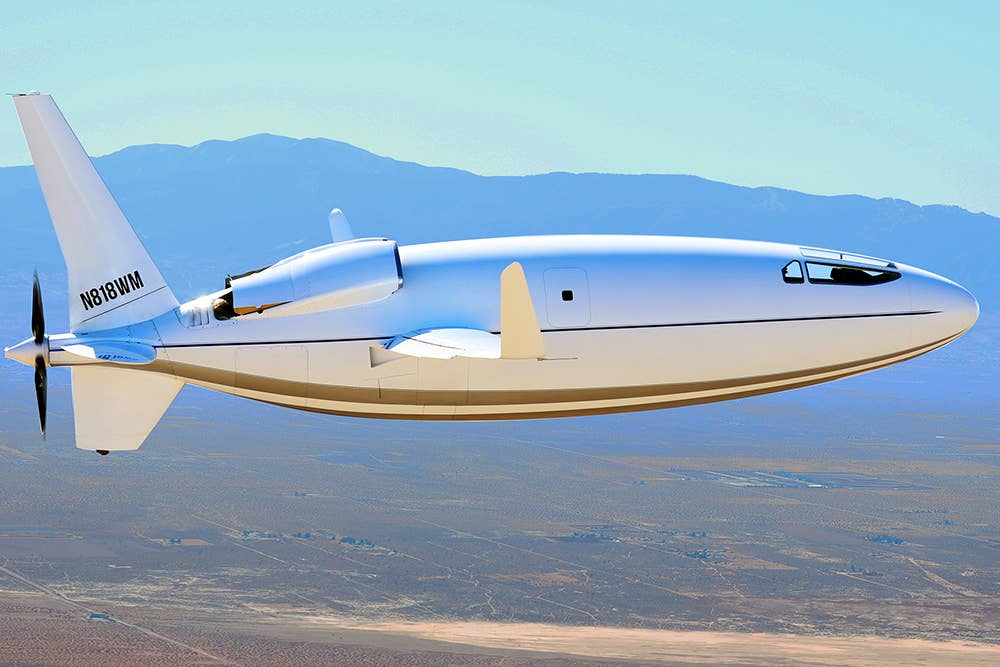Otto Aviation Finishes First Phase of Testing of Celera 500L
The company reported completing 55 test flights over 51 hours of flight time, some powered by sustainable aviation fuel.

Otto Aviation says the aerodynamically efficient design of the Celera 500L can help speed, range, fuel savings, and operating costs. Courtesy: Otto Aviation
Otto Aviation this week announced the completion of the first phase of testing of its Celera 500L aircraft. The company reported completing 55 test flights over 51 hours of flight time.
The California-based company also said its most recent flight was completed using sustainable aviation fuel (SAF).
The Aircraft
Developed by aircraft and rocket designer William Otto, the pusher-propeller Celera 500L is deliberately designed to achieve a smooth laminar flow over the aircraft in flight. The company is claiming that this aerodynamically efficient design can achieve radical improvements in speed, range, fuel savings, and operating costs.
The Test Flights
The company previously said it had completed 31 test flights of a prototype in 2020.
Its most recent flights took place from July to November. The company claims that several flights reached true airspeeds of more than 250 miles per hour at altitudes up to 15,000 feet which projected to a true airspeed of 460 mph at 50,000 feet.
The focus of these phases of test flights were to validate the aircraft’s laminar flow capabilities, which the company said it was able to measure through a collaboration with Cal Poly’s BLDS team (Boundary Layer Data System).
The company was able to quantify the skin friction state of the wing and fuselage surfaces utilizing a series of Preston-type, pitot-static tubes.
“The data from our first phase of test flights shows that we are on the path to achieving our goals for the aircraft,” said Otto, who is also founder and CEO of Otto Aviation.
“We couldn’t be more excited in this step toward our mission of having a production aircraft in 2025 and we look forward to beginning the next phase of development where we will take the aircraft to higher altitudes and higher speeds.”
Hopes For The Future
Otto projects that the Celera 500L would cost roughly $5 million, in the same price range of the Pilatus PC-12, and representative within the mid-size market. Furthermore, the company aims to make the aircraft an attractive option for travel in the air taxi market, citing cheaper hourly costs per passenger compared to a business or first-class ticket on an airliner.

Sign-up for newsletters & special offers!
Get the latest FLYING stories & special offers delivered directly to your inbox






